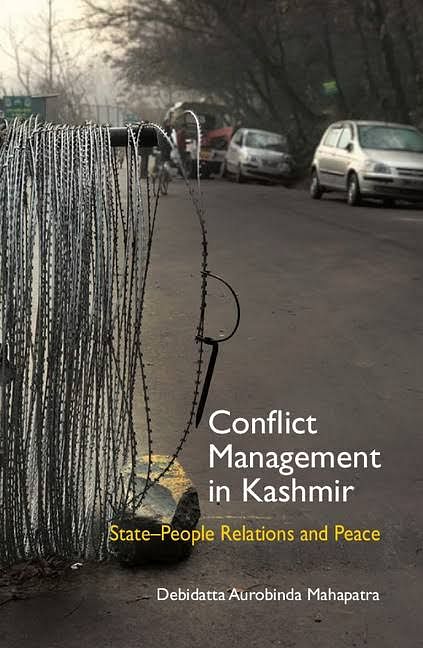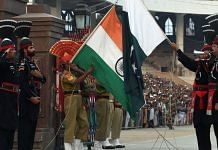
In ‘Conflict Management in Kashmir’, scholar Mahapatra says initial trade momentum which was disrupted by political barriers can change.
With Imran Khan assuming power in Pakistan and India preparing for the general elections in 2019, the issue of constructive bilateral engagement between the two countries remains unequivocally important.
In search of a decisive resolution to Kashmir conflict, Debidatta Aurobinda Mahapatra in his policy-oriented academic book, Conflict Management in Kashmir: State-People Relations and Peace, optimistically foresees an end to the conflict if trade is promoted between the two nuclear powers via the Line of Control (LoC), leading to interdependence and prosperity.
The author clearly proposes to create a constituency of peace by promoting and facilitating economic reconstruction in Kashmir through cross-border LoC trade, which has, in recent years, lost the initial momentum owing to political barriers between India and Pakistan.
Keeping in perspective the economic costs of war, Mahapatra calls for economic engagement for fruitful conflict management. Published by Cambridge University Press, the 175-page book provides a detailed historical background to the conflict in Kashmir that led to the marginalisation and subsequent alienation of Kashmiris.
It was only in the late ’90s that the Indian state, under the leadership of Atal Bihari Vajpayee, initiated a peace process by opening the intra-Kashmir border, which facilitated cross-border commercial interactions. This proved beneficial in two ways – firstly, it addressed the alienation of Kashmiris and secondly, it led to engagement with Pakistan.
With the state ready for “exploring options beyond violence to manage the conflict”, the border in Kashmir that had remained closed for six decades was opened, instilling enthusiasm among the people of Kashmir who appreciated this initiative. As the intra-Kashmir border opened, the roadblocks between New Delhi and Kashmir were also lifted, offering immense economic opportunities to the people, mainly traders. There was visible “shared optimism” between the traders and the policy makers, who were unanimous that trade would play a significant role in bringing peace and prosperity to the troubled region.
Building on this argument, the author takes into the account the perspectives of traders as well as the policymakers in order to assess the effectiveness and utility of this endeavour in managing conflict. There is a resilience shown by the state and the traders in the face of growing constraints and threats posed by anti-reconciliation forces – both internally and externally. Despite these distractions, trade has continued since the opening of roads since 2008. In this context, the book poses a bigger question can trade continue to prevent war?
Adil Bhat is assistant editor with New York-based magazine Café Dissensus.






COMMENTS